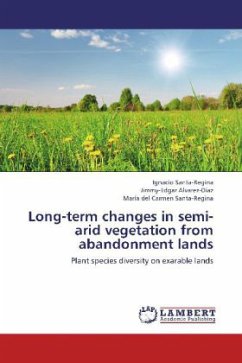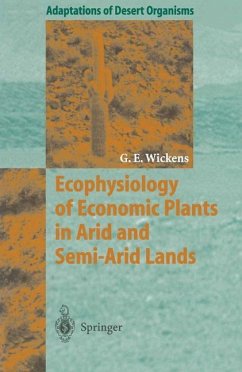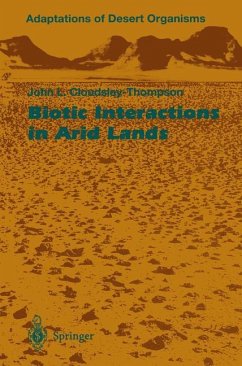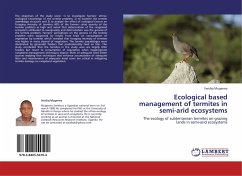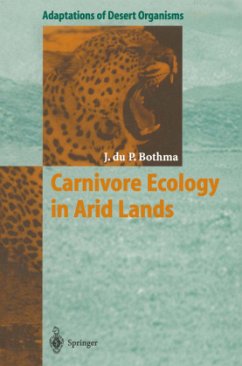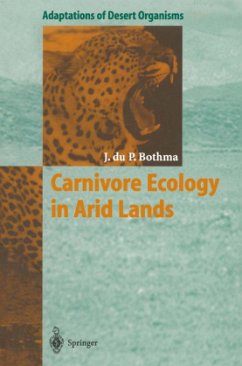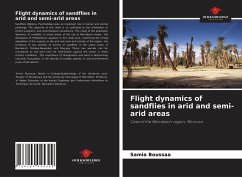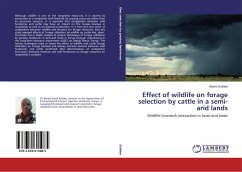
Effect of wildlife on forage selection by cattle in a semi-arid lands
Wildlife-Livestock interaction in Semi-arid lands
Versandkostenfrei!
Versandfertig in 6-10 Tagen
47,99 €
inkl. MwSt.

PAYBACK Punkte
24 °P sammeln!
Although wildlife is one of the rangeland resources, it is viewed by pastoralists as a competitor with livestock for grazing resources rather than an economic resource. It is assumed that competition between wild herbivores and cattle may have an impact on the forage biomass in rangelands as well as on livestock production. It is from this view point of competition between wildlife and livestock for forage resources, that this study assessed effects of forage utilization by wildlife on cattle diet, plant. This book has in depth analysis of various techniques of forage utilization by grazing he...
Although wildlife is one of the rangeland resources, it is viewed by pastoralists as a competitor with livestock for grazing resources rather than an economic resource. It is assumed that competition between wild herbivores and cattle may have an impact on the forage biomass in rangelands as well as on livestock production. It is from this view point of competition between wildlife and livestock for forage resources, that this study assessed effects of forage utilization by wildlife on cattle diet, plant. This book has in depth analysis of various techniques of forage utilization by grazing herbivores in semi-arid lands in Kenya through experiments in the Long-term exclosure experiment (KLEE) on Mpala Ranch, Kenya. The various techniques used to assess the effect of wildlife and cattle forage utilization on forage biomass and dietary nutrient content between wild herbivores and cattle confirmed that determination of competitive interaction between livestock and wild herbivores onforage resources on rangelands is complex.



